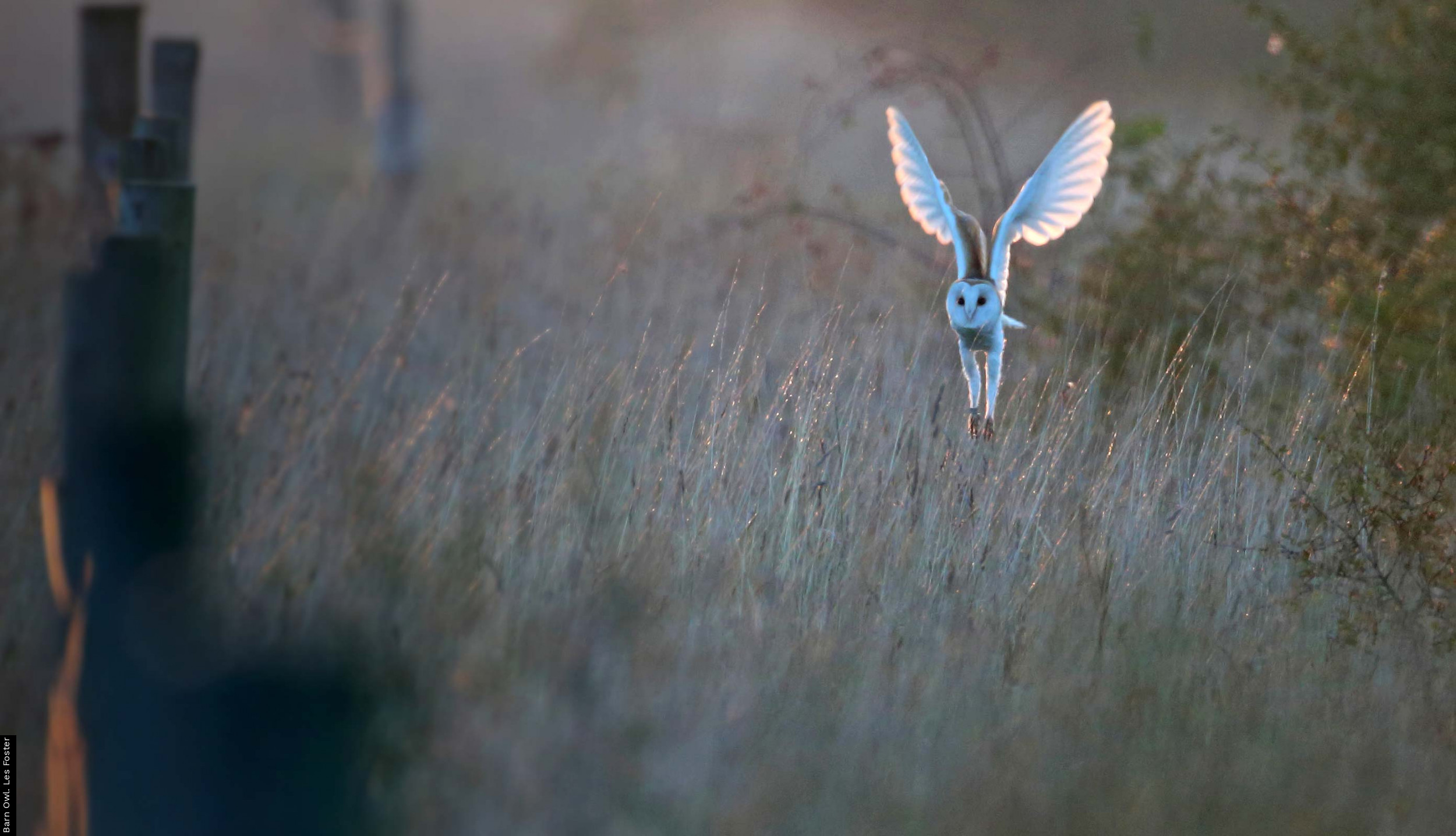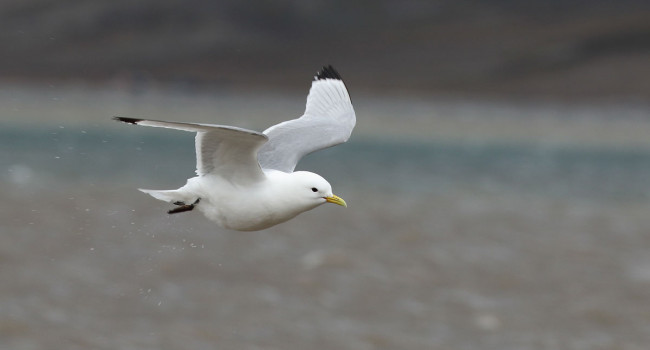Hirundinidae - Swallows and Martins
Swallows must be amongst the most popular birds - their arrival each spring in the northern hemisphere presages the onset of summer. Swallows are eaily recognised with their slender bodies, long pointed wings and forked tails; martins tend to have much less deeply forked tails. While the deeply forked tails may help their manoeuverability in pursuing aerial insects, in many species they are also used as a signal of male quality, those who can grow longer, and importantly symmetrical, streamers being the most favoured by the females.
All swallows are strongly migratory, with many making journeys of several thousand kilometres each year. Unlike other passerines, they migrate mostly by day stopping frequently en route to refuel. Before crossing barriers, such as the Sahara Desert or the Mediterranean Sea they will fuel for several days to ensure they have enough fat for the crossing. The amount of fat they lay down is closely correlated with the size of the barrier, carrying excess fat is extremely costly in terms of impaired flight performance. During migration, and in their winter quarters, birds will gather in large roosts, particularly in reedbeds and some types of crop for the night. This gregariousness is carried over into the breeding season, with most species nesting colonially to some extent.
In Britain, the Swallow occurs in a wide range of habitats, whereas the House Martin usually occurs near buildings, and the Sand Martin usually near water.
Regularly Occurring Species
Sand Martin
Swallow
House Martin
Occasional Visitors
Tree Swallow
Purple Martin
Crag Martin
Red-rumped Swallow
Cliff Swallow






Share this page